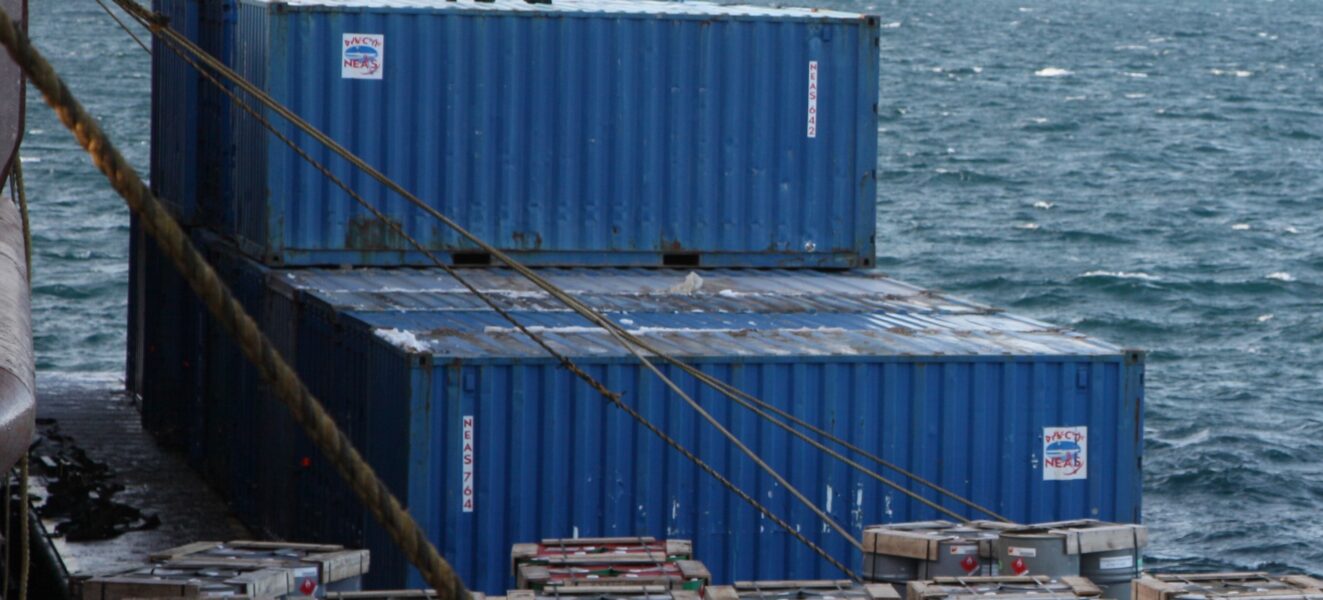NEAS has always believed in containers because they provide the best cost-value benefit for the North.
Containerization versus packaging:
- Costs – Advantage containers: In most cases, packaging costs (excluding handling costs) are equivalent, and sometimes higher than the marine freight costs.
- Cargo safety – Advantage containers: Crates and packages are more easily damaged or exposed to potential damages, pilferage or loss, in comparison to containers. Containers do not allow outsiders to know what they contain and thus minimize breakage, theft and pilferage.
- Environment – Advantage containers: Crate and packaging debris is often left out in the open, in the communities. Containers are de-stuffed and returned and pose no such environmental hazard.
- Northern jobs – Advantage containers: Crates and packaging do not create jobs, but containerization does create jobs. Containers need to be handled, delivered, de-stuffed, distributed and redelivered to the high water mark for return to the vessel. All of these jobs must be done in each northern community where containers are handled.
- Storage facilities – Advantage containers: Containers can be used for shipping as well as storage. Construction companies, who are unable to complete their construction projects due to weather or other conditions, can store windows, finished materials, or other high-valued goods inside the containers for the winter, with little risk of theft or damage.
Containerization
NEAS offers stuffing of 20ft containers. Containers help to reduce the risk of loss or damage to cargo, and also provide the highest standard of cargo safety available today .
Consolidation
NEAS groups small shipments destined to certain communities into 20ft containers for safer handling and transit.
Distribution
NEAS offers the flexibility of dispersing or distributing specified cargoes into various container units, thus providing an essential network in the North.

